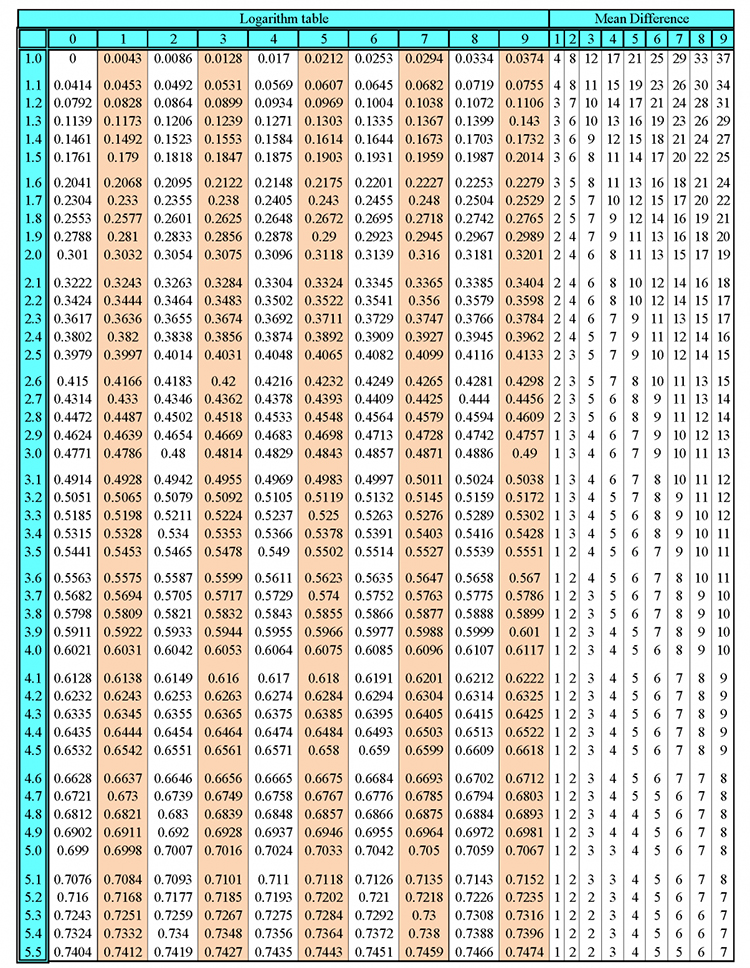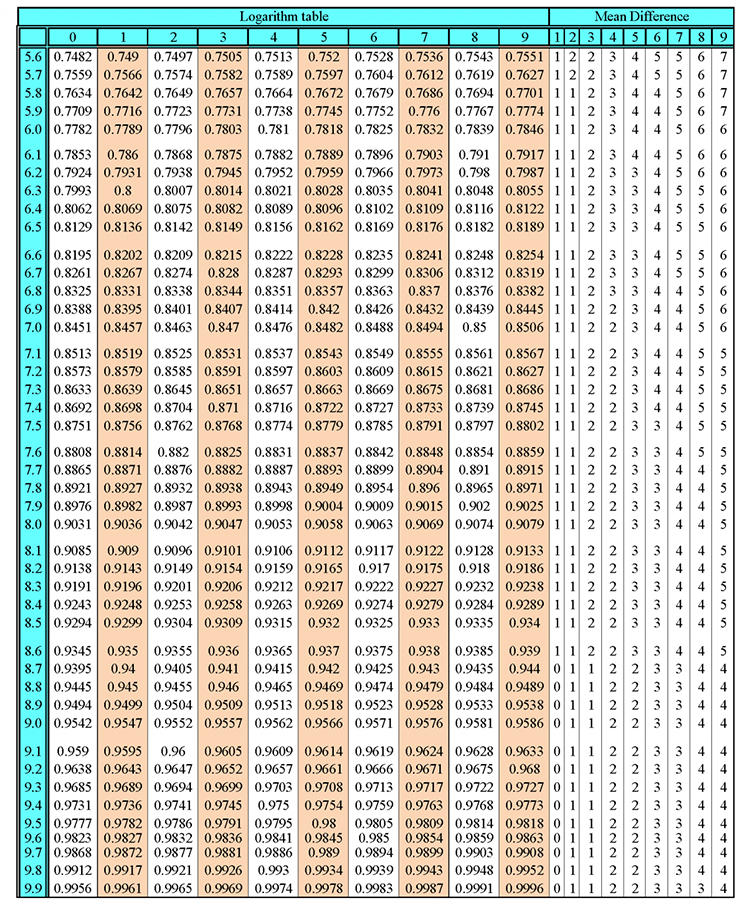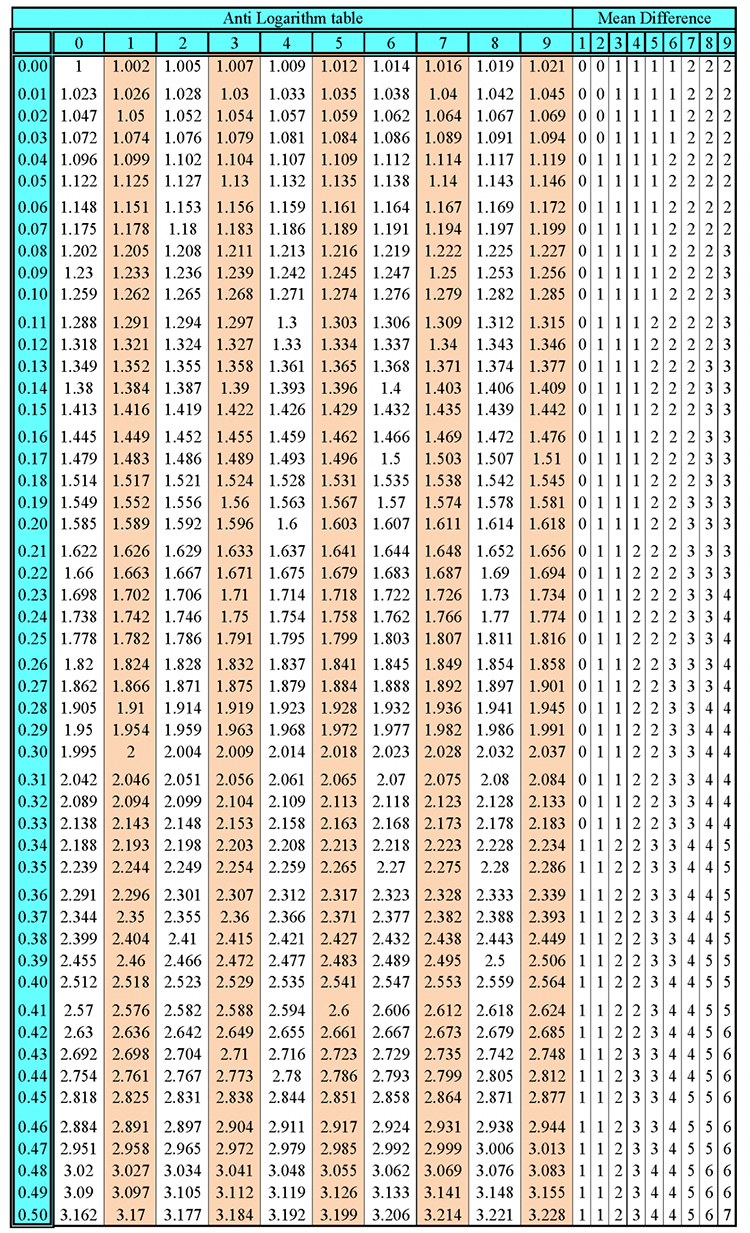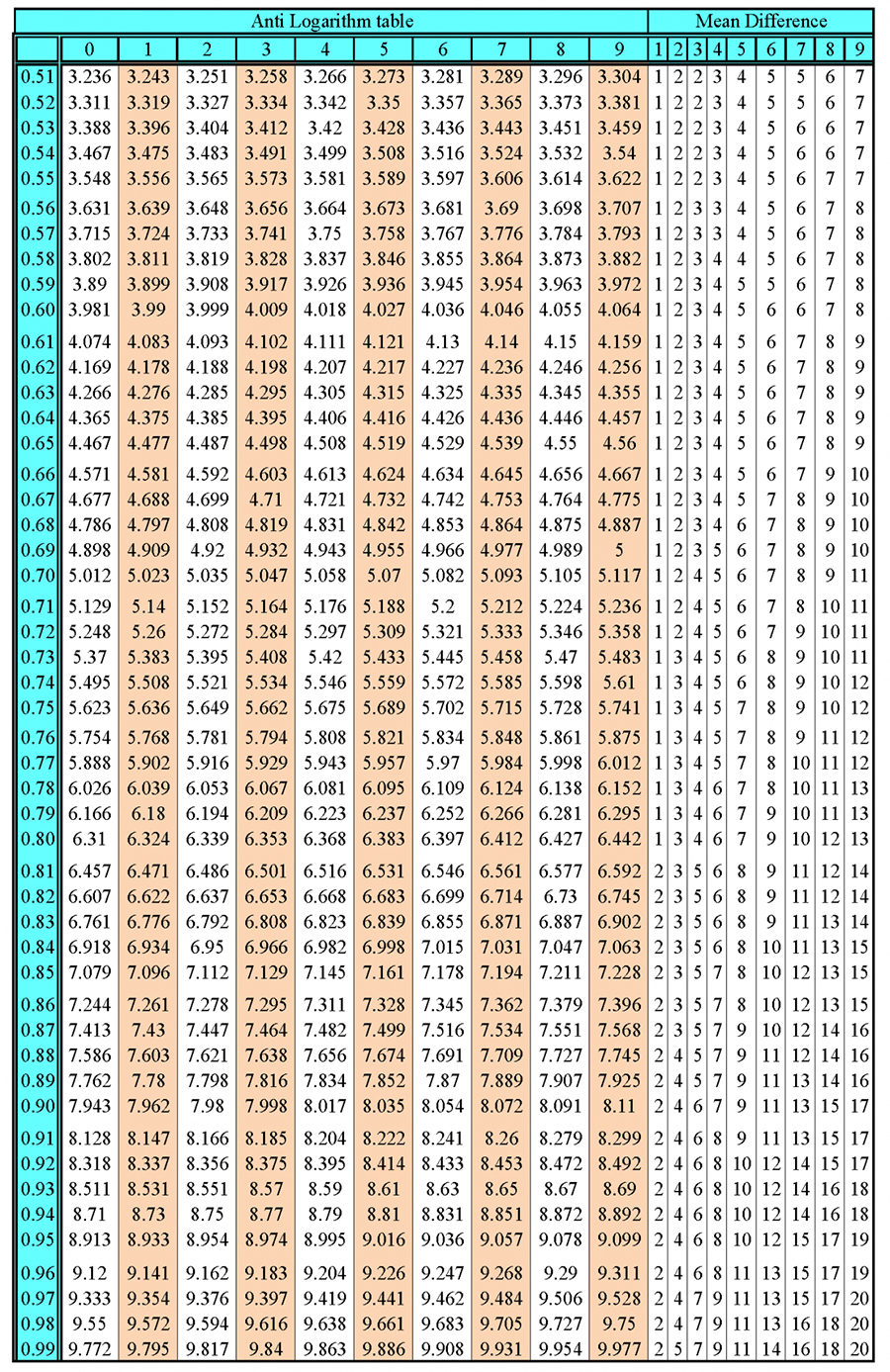Reactions with steam: how you remember
Ask yourself: “What can a metal in the reactivity series possibly produce with steam?”
“What can K, Li or Mg + H2O produce?”
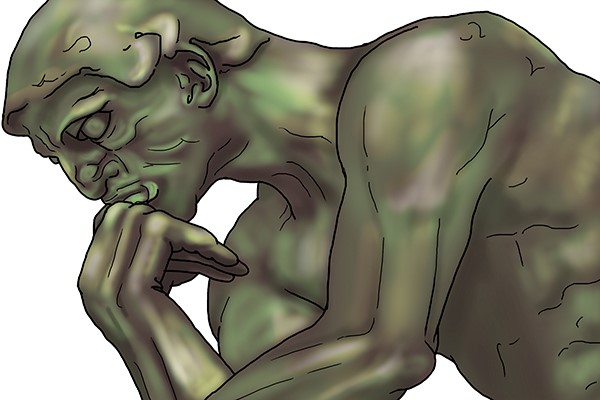


Wow, it’s that easy!
Let's say that cold water does not separate all the hydrogen from oxygen.
Let’s also say that steam separates all the hydrogen from the oxygen, so:
| Cold water | + | Reacting metal | → | <metal> hydroxide | + | Hydrogen |
| <metal> OH | + | H2 |
But
| Steam | + | Reacting metal | → | <metal> oxide | + | Hydrogen |
| <metal> O | + | H2 |
Example 1
| Water | + | Magnesium | → | Magnesium hydroxide | + | Hydrogen |
| 2H2O | + | Mg | → | Mg(OH)2 | + | H2 |
Example 2
| Steam | + | Magnesium | → | Magnesium oxide | + | Hydrogen |
| H2O | + | Mg | → | MgO | + | H2 |
